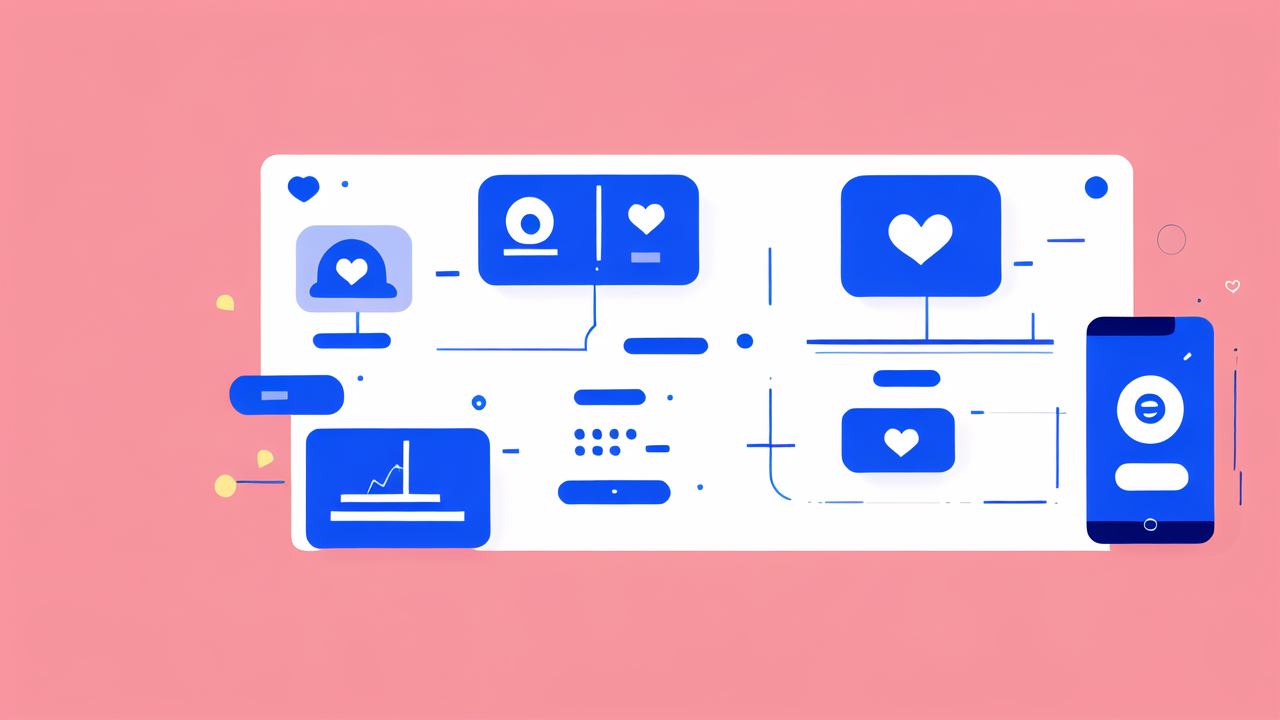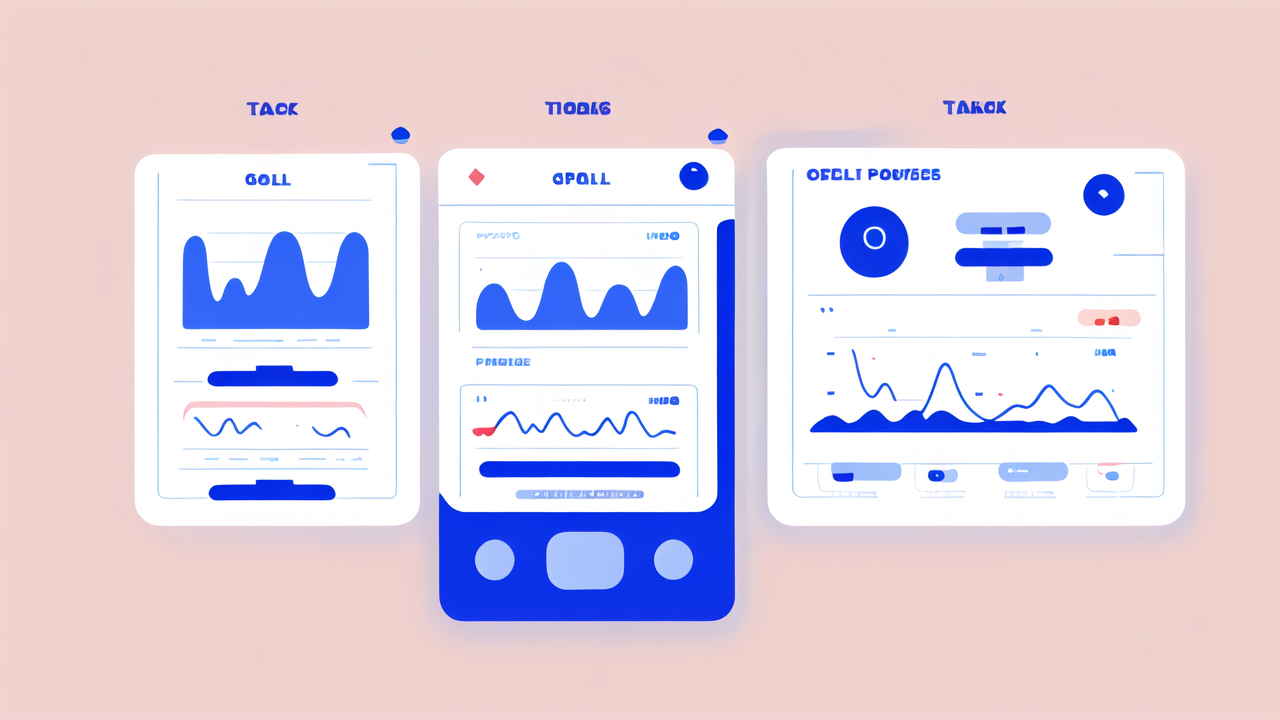Understanding the Technological Foundations of Pulse Watches
The Innovation Behind the Pulse Feature
Pulse watches have revolutionized personal health monitoring. These devices use optical sensors to detect blood flow. The technology is called photoplethysmography (PPG). It works by shining light onto the skin. The light is absorbed or reflected based on blood volume changes. This allows the watch to measure heart rate.

The sensors in pulse watches are highly sensitive. They can detect tiny changes in blood flow. Advanced algorithms process this data. They filter out noise and movement artifacts. This ensures accurate pulse readings. Some watches use multiple sensors for better accuracy.
The innovation doesn't stop at hardware. Software plays a crucial role too. Machine learning algorithms improve accuracy over time. They learn to recognize patterns unique to each user. This personalization enhances the reliability of pulse measurements.
How Body Measurement Trackers are Revolutionizing Health Monitoring
Body measurement trackers are changing how we monitor health. They provide continuous data collection. This offers a more complete picture of our health. Traditional methods only give snapshots. Trackers provide real-time, long-term insights.
These devices track more than just pulse. They monitor sleep patterns, activity levels, and stress. Some even measure blood oxygen levels. This comprehensive data helps users understand their overall health. It allows for early detection of potential issues.
Trackers make health monitoring accessible to everyone. They're user-friendly and affordable. This democratization of health data is empowering. It allows individuals to take control of their well-being. The impact on preventative healthcare is significant.
The Role of AI and Machine Learning in Pulse Watch Technology
AI and machine learning are at the heart of pulse watch technology. These tools process vast amounts of data. They identify patterns and trends that humans might miss. This leads to more accurate and personalized health insights.
Machine learning algorithms improve over time. They learn from each user's data. This allows for more precise predictions and recommendations. AI can detect anomalies in heart rate patterns. It can alert users to potential health issues before they become serious.
These technologies also enable feature expansion. Watches can now detect atrial fibrillation. They can estimate VO2 max levels. Some even predict stress levels based on heart rate variability. As AI advances, so does the potential of pulse watches.
Analyzing the Benefits of Pulse Watches for Consumers
Enhancing Daily Health Management and Awareness
Pulse watches have transformed how we manage our daily health. They provide real-time data on heart rate. This constant feedback increases health awareness. Users can see how their lifestyle affects their pulse. This encourages healthier choices.

These devices offer insights into exercise intensity. They help users optimize their workouts. Many watches have features that guide breathing exercises. This can help manage stress and improve overall well-being. The data collected also helps track progress over time.
Pulse watches integrate with smartphones and health apps. This creates a comprehensive health dashboard. Users can easily track trends and set goals. The convenience of wrist-worn devices ensures consistent use. This leads to better long-term health management.
The Importance of Pulse Tracking in Preventative Healthcare
Pulse tracking plays a crucial role in preventative healthcare. Regular monitoring can detect early signs of health issues. Unusual heart rate patterns may indicate underlying problems. This early detection can lead to timely medical intervention.
Pulse data helps users understand their cardiovascular health. It shows how the heart responds to different activities. This information can motivate lifestyle changes. It may encourage more exercise or stress reduction techniques.
Healthcare providers benefit from this data too. It gives them a more complete picture of a patient's health. This can lead to more accurate diagnoses and treatment plans. Pulse tracking supports a proactive approach to healthcare.
Improving Quality of Life with Advanced Health Data
Advanced health data from pulse watches can significantly improve quality of life. Users gain insights into their sleep patterns. This can lead to better sleep hygiene and overall well-being. The devices can track stress levels through heart rate variability. This awareness helps users manage stress more effectively.
Fitness enthusiasts benefit from precise heart rate zones. This allows for more effective training. The data can help prevent overtraining and reduce injury risk. For those with chronic conditions, pulse watches offer peace of mind. They provide constant monitoring and can alert users to concerning changes.
The social aspects of these devices also enhance life quality. Many have features that allow users to share achievements. This creates a sense of community and motivation. The gamification of health goals makes fitness more engaging and fun.
Evaluating the Impact of Pulse Watches on the Healthcare Industry
Integration with Existing Health Systems and Services
Pulse watches are increasingly integrated into healthcare systems. Many hospitals now accept data from these devices. This provides doctors with a more comprehensive view of patient health. It allows for more informed decision-making.

Telemedicine services benefit from pulse watch data. Doctors can remotely monitor patients' vital signs. This is especially useful for managing chronic conditions. It reduces the need for in-person visits. This integration improves healthcare efficiency and accessibility.
Insurance companies are also taking note. Some offer incentives for using health trackers. This encourages preventative care. It can lead to reduced healthcare costs in the long run. The data from pulse watches is becoming a valuable tool in population health management.
Empowering Patients with Self-Care and Data-Driven Decisions
Pulse watches empower patients to take charge of their health. They provide easy-to-understand health metrics. This knowledge allows for informed lifestyle choices. Users can see the immediate impact of their actions on their health.
The data from these devices supports shared decision-making with healthcare providers. Patients can bring comprehensive health logs to appointments. This leads to more productive discussions and personalized care plans. It also improves patient engagement in their own health management.
These devices promote a proactive approach to health. Users are more likely to address potential issues early. They can track how lifestyle changes affect their health metrics. This empowerment can lead to better health outcomes and reduced healthcare costs.
Future Prospects: Pulse Watches and Evolving Health Measurements
The future of pulse watches is promising. We can expect even more advanced health measurements. Blood pressure monitoring without a cuff is on the horizon. Some watches are exploring non-invasive blood glucose monitoring. These advancements could revolutionize chronic disease management.
Artificial intelligence will play a bigger role. It will provide more accurate predictions and personalized recommendations. We may see pulse watches that can detect early signs of infections or diseases. This could lead to faster interventions and better health outcomes.
Integration with other smart devices will increase. Pulse watches may communicate with smart home systems. They could adjust lighting or temperature based on the user's stress levels. The potential for holistic health management is vast. Pulse watches are set to become an even more integral part of our health ecosystem.




Leave a comment
This site is protected by hCaptcha and the hCaptcha Privacy Policy and Terms of Service apply.